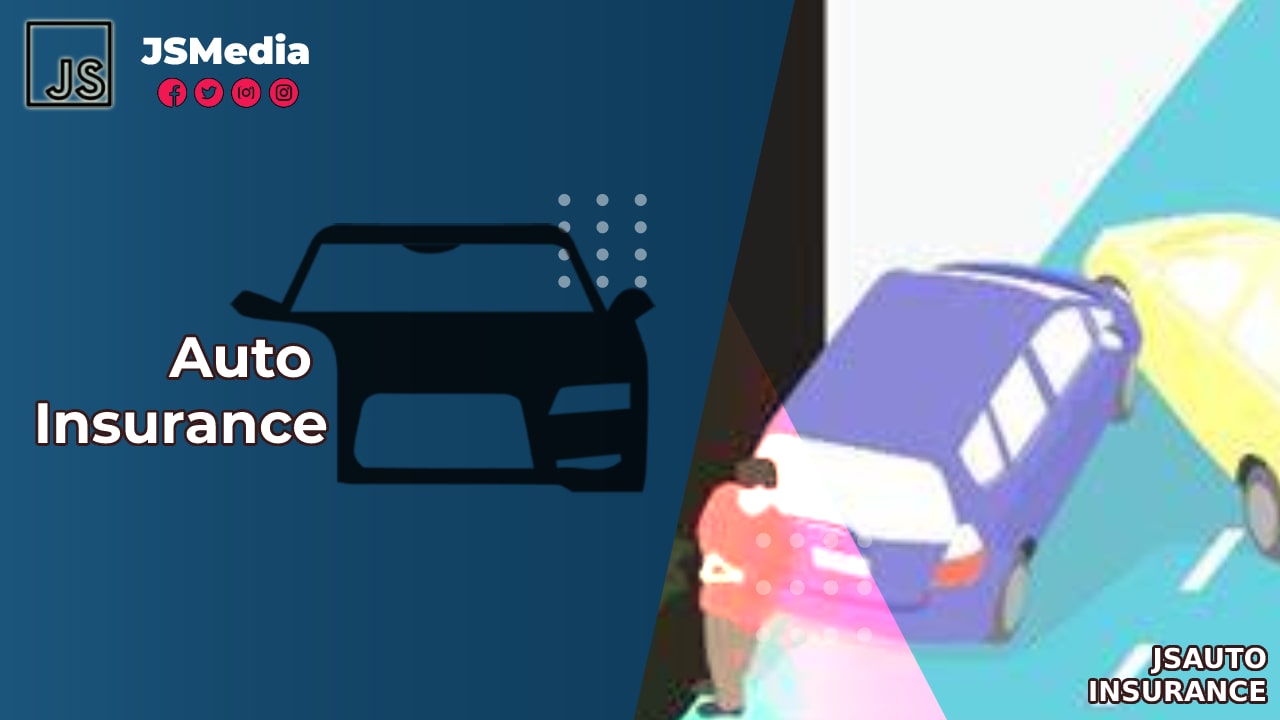JSMedia – Auto insurance in Vermont is highly regulated. Each driver pays a different rate depending on the zip code, age, and claims history. The rate will also depend on your credit score and driving record. You may be a high-risk driver if you have a clean driving record or if you have had at-fault accidents. If you are a teen driver, your rates will be higher than average. Here are some tips to get the best rates:
The first step to getting the best rate on VT auto insurance is comparing rates and policies. Several factors play a part in determining the cost of auto insurance in Vermont. For example, the claims history of a driver with two accidents can increase their rates by 98%. Other factors that affect the rate include credit history, marital status, and age. Your car can also affect your rate, and lapsed coverage can raise it by 7%. Getting a speeding ticket can raise your premium by up to 47%.
If you’re a teenager, you may be able to save more money on your car insurance in Vermont by improving your credit. Many insurers base the rate of a policy on your credit score. Those with better credit are considered more reliable customers, and they therefore tend to offer cheaper premiums. In addition, people with clean driving records are often able to save money on their Vermont car insurance rates. So, do your research and compare car insurance quotes from different companies.
How to Get the Best Rates on Auto Insurance in Vermont
In Vermont, liability insurance is required by law, and it pays for damages caused by the other driver in an accident. Other types of insurance cover the costs of repairs and medical bills. In the case of an accident, liability insurance is not mandatory, so it is important to choose a policy based on your needs. It is also important to understand that Vermont does not require personal injury protection (PIP) coverage. However, it is still vital to have this coverage to protect yourself.
In addition to having the right type of insurance, make sure you have good credit. If you have poor credit, you should consider lowering your deductible. Low credit can also lower your premiums. By reducing your risk, you’ll be able to lower your insurance costs in Vermont. If your driving history is poor, you should get it checked. Using the free services of a company that offers credit reports is a great way to improve your credit score.
Lastly, auto insurance in Vermont requires liability coverage for each driver. This is essential in case of an accident. It is important to remember that insurance in Vermont must be carried even if you have a dog. It is important to keep your pet secure at all times. A dog can make your car inaccessible to other drivers. You should consider a high deductible for your pet to avoid paying too much. If you have a history of accidents, be sure to have it secured.
When shopping for auto insurance in Vermont, you should consider the amount of coverage you need. If you’re a good driver, your insurance policy should cover you for the minimum amount of expenses. Otherwise, you’ll have to pay for the extra coverage. The minimum coverage is $50,000 for each person and $100,000 for an accident. You should also look into the limits of uninsured motorist property damage. Purchasing higher limits can save you money in the long run.
You should shop around to get the best car insurance in Vermont. The average cost for full coverage in Vermont is $1,207, while a minimum-coverage policy costs $729, according to the Bankrate database. When choosing car insurance in Vermont, you should always shop around and compare quotes from different insurers. You should look for the lowest rate for the same coverage as another driver. This way, you’ll be protected in the event of a car accident.
The state of Vermont is a tort-oriented state. You are responsible for any accidents you cause. Nevertheless, you should make sure you have liability insurance in Vermont to protect yourself from any unforeseen circumstances. This will ensure that you have the financial means to pay for any repairs. If you’re not at fault, you will not be liable for the damages. In Vermont, you must pay for any other damages that are caused by the other driver.

